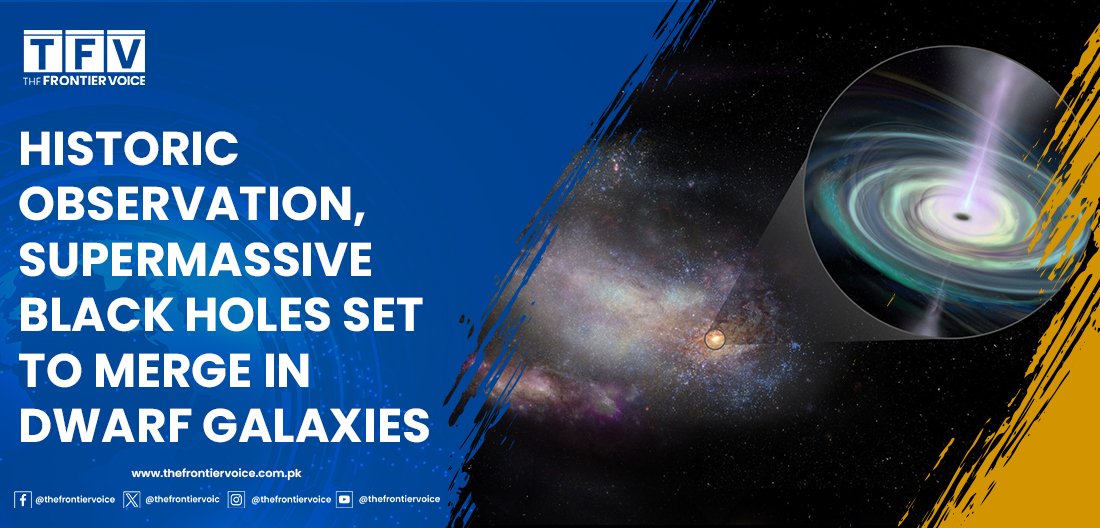TECHNOLOGY
Historic Observation, Supermassive Black Holes Set to Merge in Dwarf Galaxies

In an unprecedented cosmic event, astronomers have observed two pairs of supermassive black holes on the brink of merging for the first time. This remarkable discovery was made using NASA’s Chandra X-ray Observatory, which captured the X-ray radiation emitted by the black holes’ accretion disks in two dwarf galaxies located 760 million and 3.2 billion light-years away from Earth.
The findings reveal that each of these dwarf galaxies contains two supermassive black holes at their cores. This observation not only sheds light on the current state of these galaxies but also provides insights into the formation and evolution of larger galaxies, such as our own Milky Way.
Brenna Wells, co-author of the study, highlighted the significance of dwarf galaxies as foundational elements in the formation of mature galaxies, suggesting that they have evolved over billions of years through repeated mergers. As these dwarf galaxies continue to merge, they contribute to the growth of larger galactic structures, paving the way for understanding the complex history of our universe.












